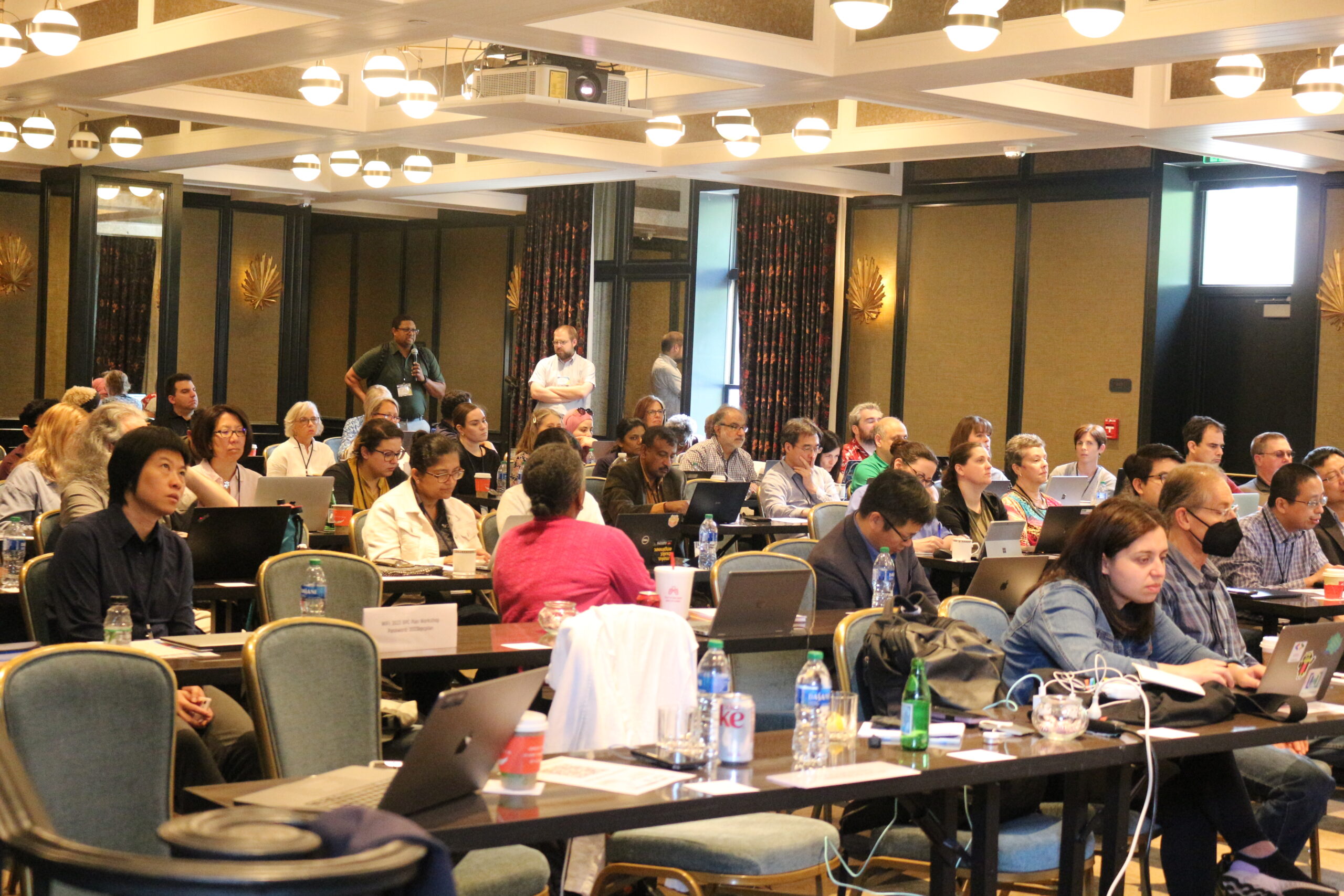Supporting Computing Workforce Development Through Evidence-Based Best Practices and Expert Curated Resources

Events
BPCnet periodically hosts informational in-person or virtual events to support departments and individuals in developing their BPC Plans. To learn about an upcoming event or view past events, please click the button below!

Resource Library
Broadening Participation in Computing encompasses a variety of different areas. BPCnet.org staff has gathered resources, activities, and other information that BPC Plans tend to focus on. Visit the Resource Library page to view our collection of resources, activities and other information.

Research & Data
BPCnet.org has multiple sources of publicly available data and academic research to support PIs and Departments in writing their BPC Plans. To utilize the datasets and academic research, please click the button below!

Events
BPCnet periodically hosts informational in-person or virtual events to support departments and individuals in developing their BPC Plans. To learn about an upcoming event or view past events, please click the button below!

Resource Library
Broadening Participation in Computing encompasses a variety of different areas. BPCnet.org staff has gathered resources, activities, and other information that BPC Plans tend to focus on. Visit the Resource Library page to view our collection of resources, activities and other information.

Research & Data
BPCnet.org has multiple sources of publicly available data and academic research to support PIs and Departments in writing their BPC Plans. To utilize the datasets and academic research, please click the button below!

Events
BPCnet periodically hosts informational in-person or virtual events to support departments and individuals in developing their BPC Plans. To learn about an upcoming event or view past events, please click the button below!
CRA is reviewing all programs and practices and will implement any necessary revisions due to federal Executive Orders and/or federal funding agency guidance.
We remain dedicated to our mission and service to the computing research community.